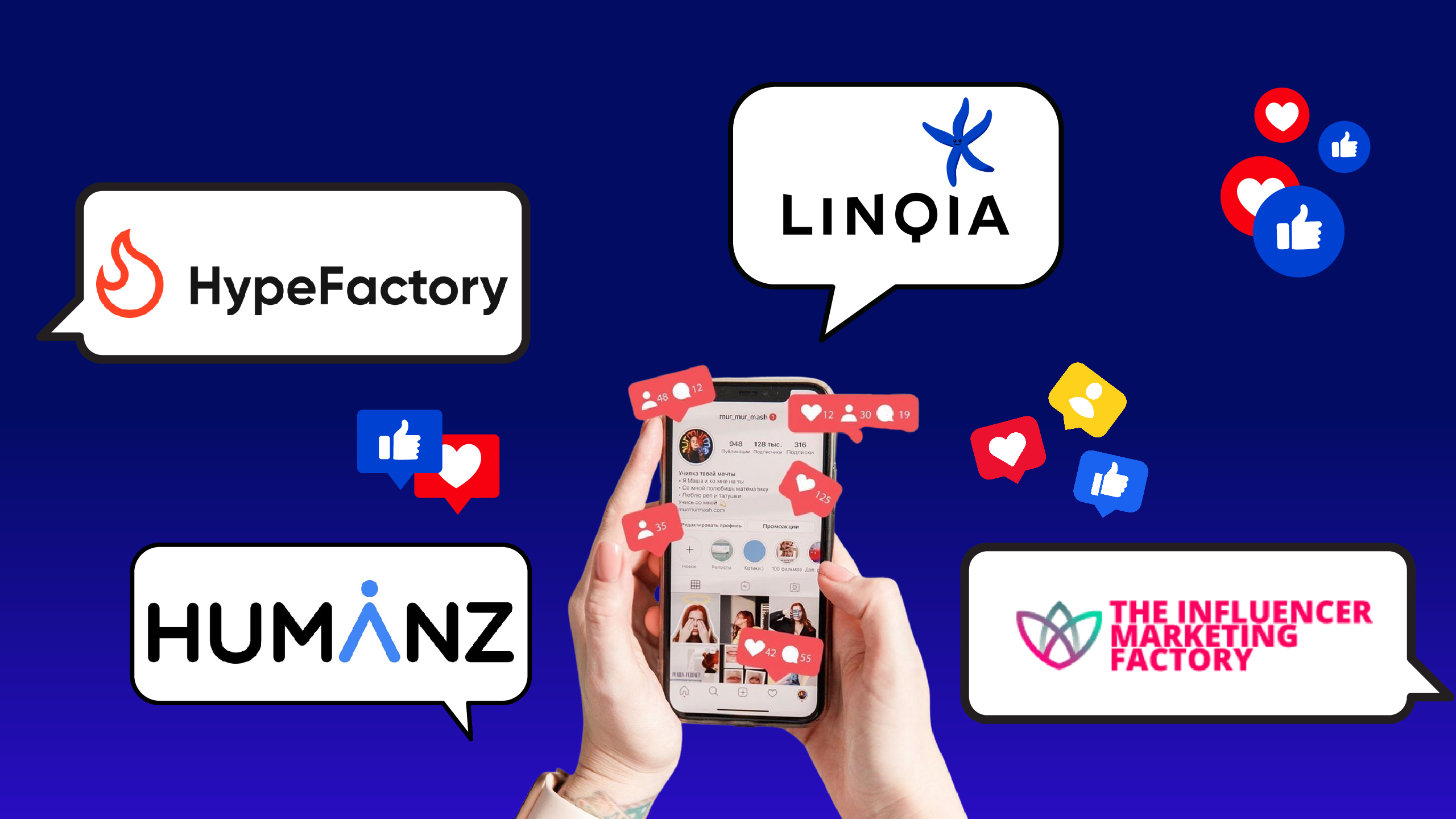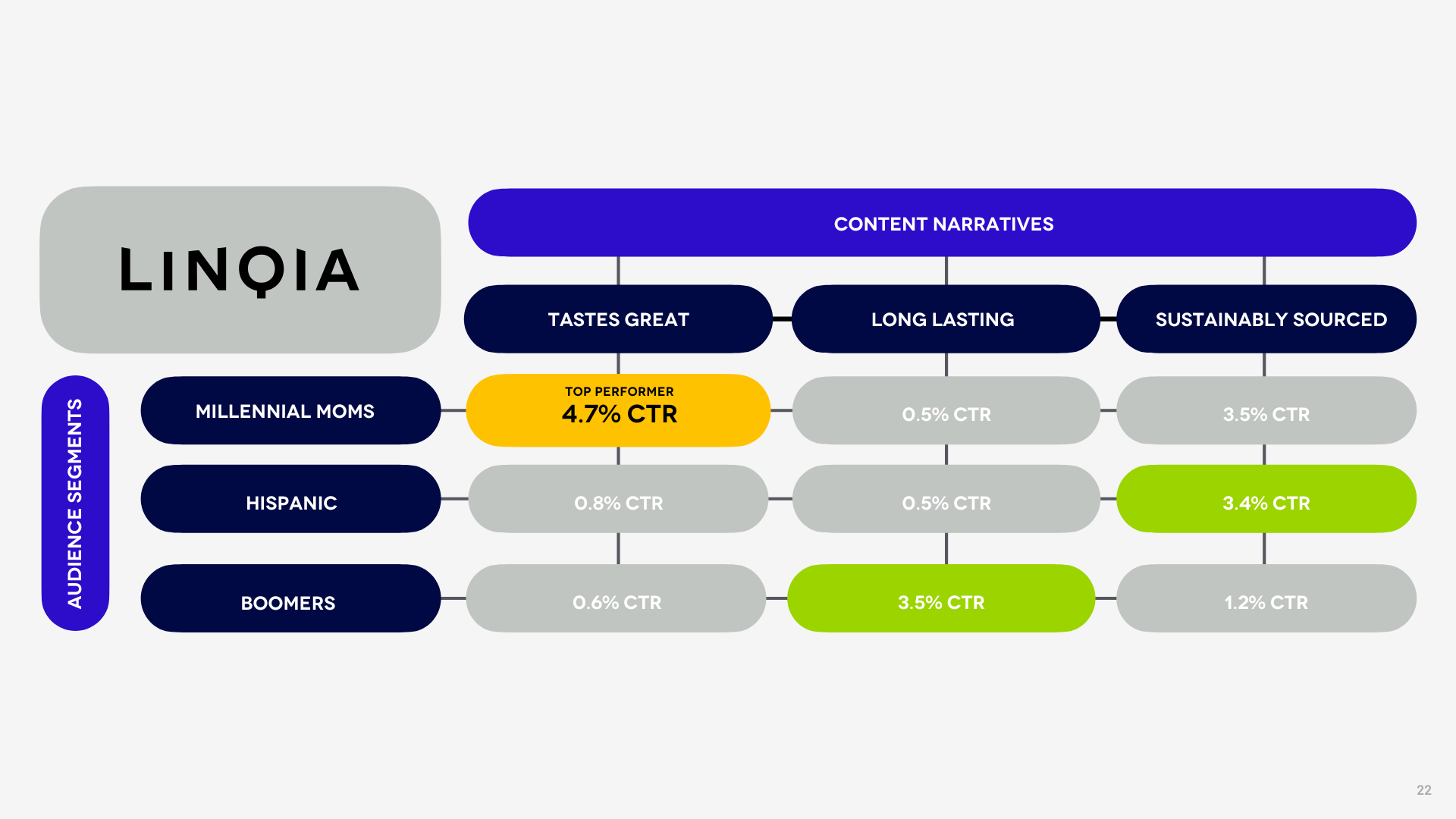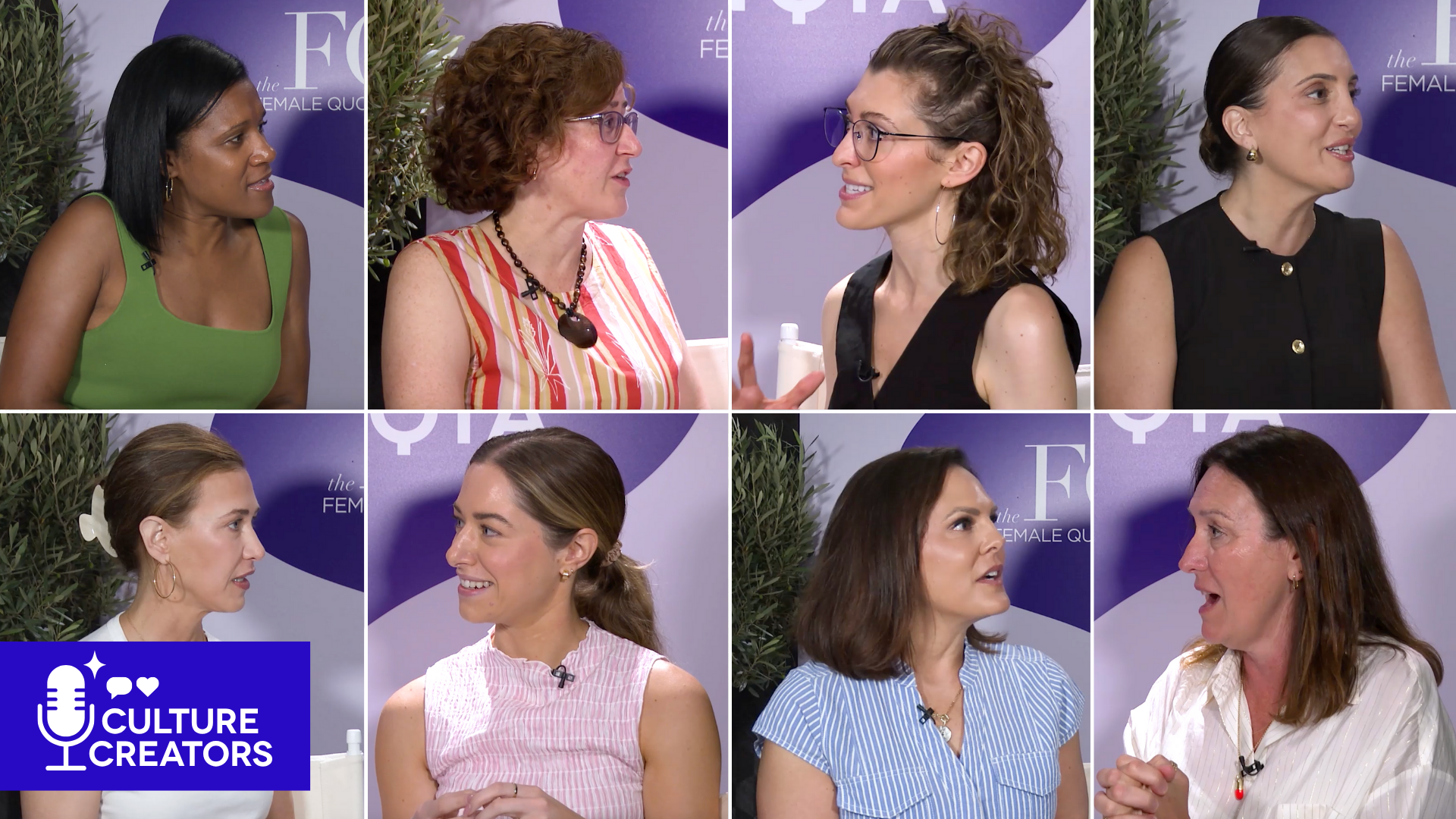How Haleon Keeps Health Brands Human in a Fragmented Media Landscape
We sat down with Kelly Kavanagh, U.S. Integrated Marketing & Media Lead at Haleon, home to powerhouse brands like Advil, Tums, Flonase, and Centrum.
In a space where consumer trust is shifting and regulations run deep, Kelly is focused on connecting the dots between brands and culture—responsibly and creatively.
Let’s start with the basics. What exactly is integrated marketing?
Think of it as making sure all the spokes of the wheel are connected. You might start in paid media or creative, but integrated marketing brings those worlds together, ensuring your brand shows up consistently and meaningfully across every touchpoint.
How do you keep your brands relevant in such a fragmented, personalized media landscape?
It starts with the consumer. At Haleon, we prioritize understanding who they are, what they need, and how our brands can support their health journey. We use research, social listening, and increasingly, generative AI agents to uncover insights. It’s about meeting people where they are, with relevance and respect.
You’re in a highly regulated category. How do you approach trends—and decide which ones to skip, join, or lead?
It’s all about balance. We want to stay culturally in tune, but we’re also committed to protecting our brand integrity. We encourage our marketers to explore creatively but also bring in legal, regulatory, and medical partners early in the process. When we work in partnership from the start, the creative conversations become much easier and more impactful.
Influencers are becoming more trusted than brands. How does that play into your strategy?
It’s a big part of it. We saw that shift coming a couple of years ago and brought on an influencer agency of record. Since then, we’ve built playbooks and educated our teams on best practices. When a creator genuinely believes in the brand, the message lands authentically, and that’s what builds long-term equity.
Where do you see creators fitting into the wider marketing mix? Beyond social.
We start with organic social, but we scale across the full ecosystem. Our performance teams test creator assets across CTV, e-commerce, search, and more. We’ve seen strong returns, especially in channels where trust really matters. We also have an in-house production studio that helps adapt and scale these assets.
For example, Sensodyne has been using expert voices for years—dentists were our original influencers. So when the industry started shifting toward creators, we already understood the value of that third-party advocacy.
How do you personally relate to this shift in consumer behavior?
Honestly, we’re all consumers. When you remind yourself of that, it’s easier to connect the dots. I trust creators in my own life—whether it’s researching a new car or scrolling for parenting advice. Once you step into that mindset, it makes you a better marketer.
What’s your For You Page serving you right now?
Everything from doodle puppy content to parenting advice for teens. And whatever I’ve been talking about lately, like buying a new car, seems to magically show up, thanks to our phones listening! Creepy? Maybe. Useful? Definitely.
If you were a creator, what kind of content would you make?
Something with humor. I value emotional intelligence and connection, but I also think life’s better when you can laugh. Whatever I put out would hopefully make people smile.
And finally—what’s your advice for early career marketers?
Stay open. Specialization is important, but if you stay in one lane too long, you miss out on the bigger picture. Take on roles that feel uncomfortable; they’ll expand your context and make you better at everything else you do. The breadth of experience is what helps you grow into a leader.
For more from our Culture Creators series, head here.
Want more updates? Subscribe to our newsletter at www.linqia.com/subscribe to never miss what’s new in influencer marketing and social media.




